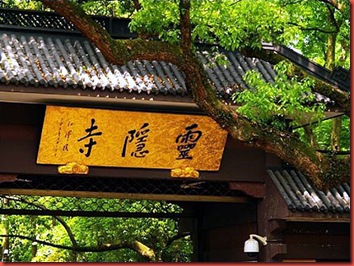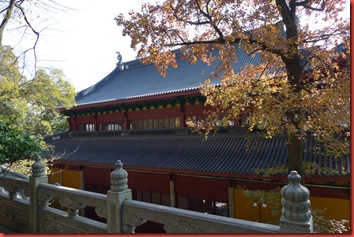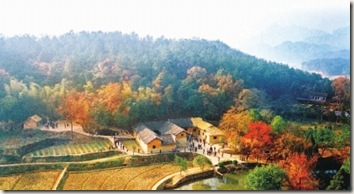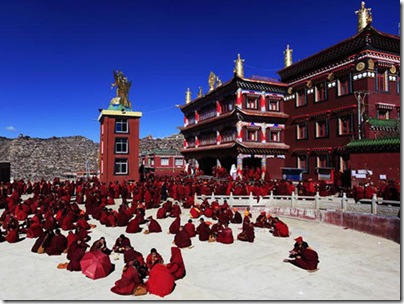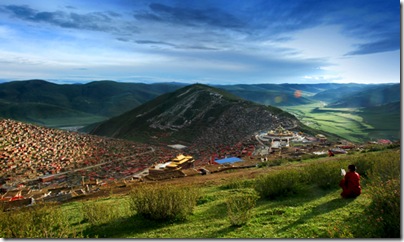The Forbidden City, also called the Palace Museum, the Purple Forbidden City or Gugong Museum in Chinese, is located in the center of Beijing, China. The Forbidden City was built between 1406 and 1420 during the Ming Dynasty. It had been the imperial home of 24 emperors of the Ming (1368-1644) and Qing (1644-1911) dynasties. From their throne in the Forbidden City, they governed the country by holding court sessions with their ministers, issuing imperial edicts and initiating military expeditions.
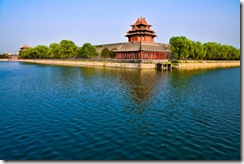
The Forbidden City remains important in the civic scheme of Beijing. The central north-south axis remains the central axis of Beijing. This axis extends to the south through Tiananmen gate to Tiananmen Square, the ceremonial centre of the People’s Republic of China, and on to Yongdingmen. To the north, it extends through Jingshan Hill to the Bell and Drum Towers. This axis is not exactly aligned north-south, but is tilted by slightly more than two degrees. Researchers now believe that the axis was designed in the Yuan Dynasty to be aligned with Xanadu, the other capital of their empire.
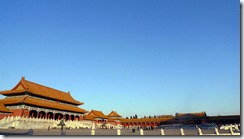
The emperors of China lived in the Forbidden City, located in the heart of Beijing, for nearly 500 years, during China’s final two imperial dynasties, the Ming Dynasty and the Qing Dynasty. Vast numbers of huge stones were mined and transported there for its construction in the 15th and 16th centuries. The heaviest of these giant boulders, aptly named the Large Stone Carving, now weighs more than 220 tons (200 metric tons) but once weighed more than 330 tons (300 metric tons).
